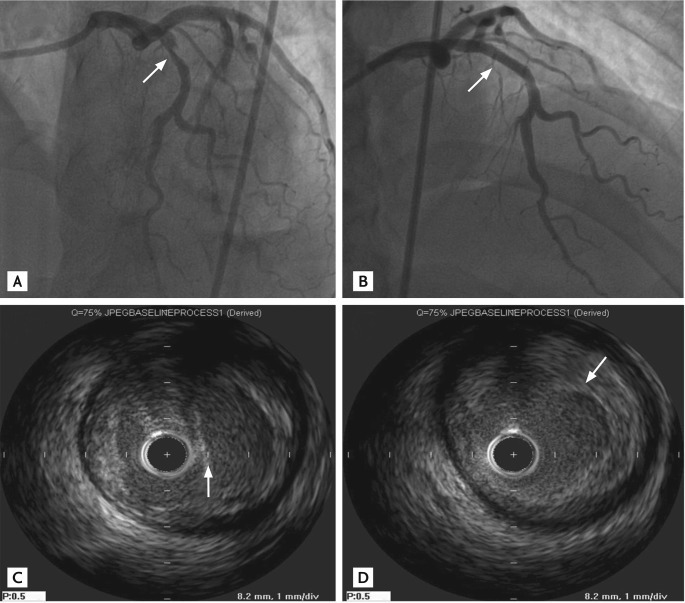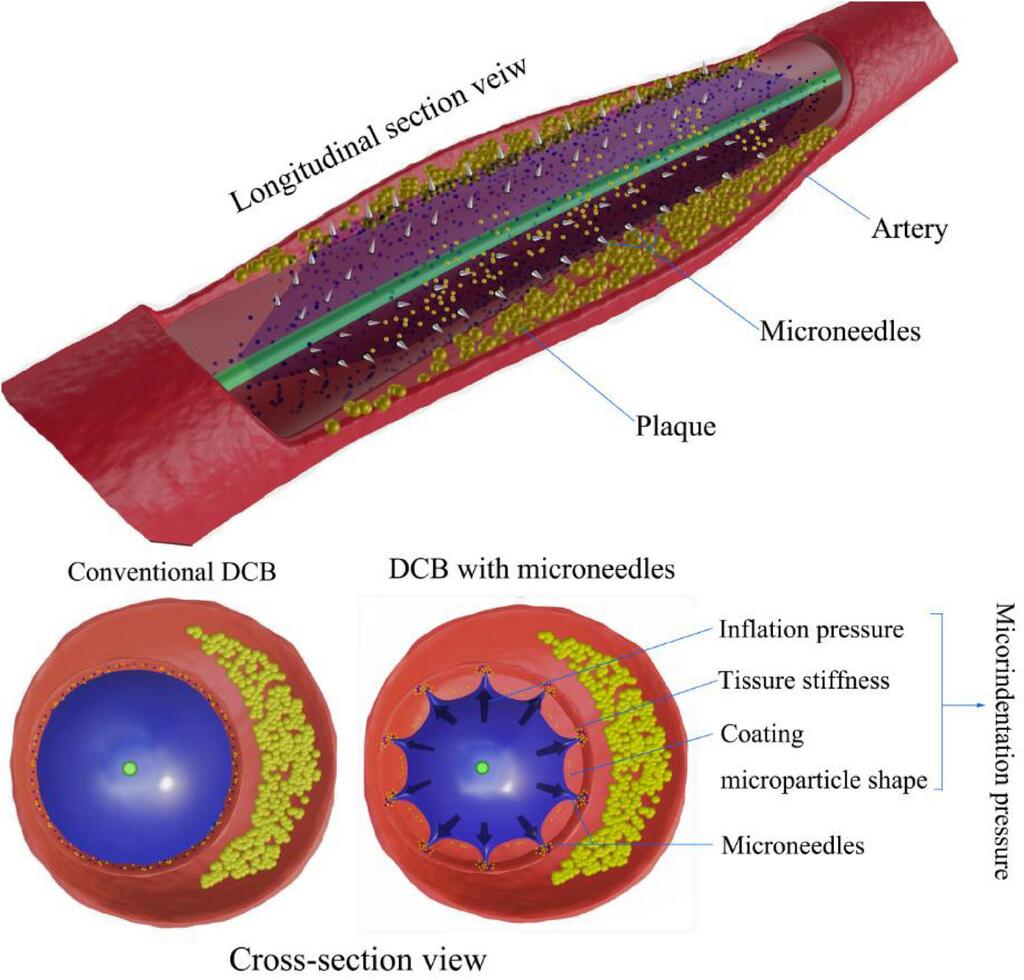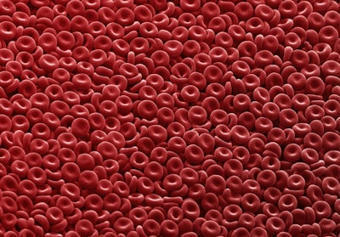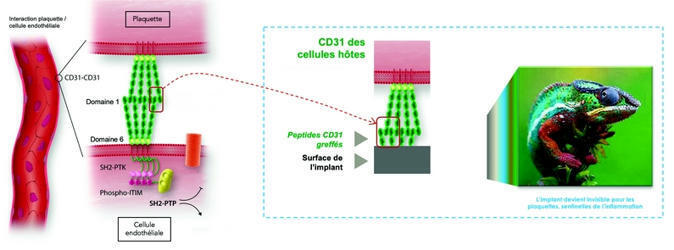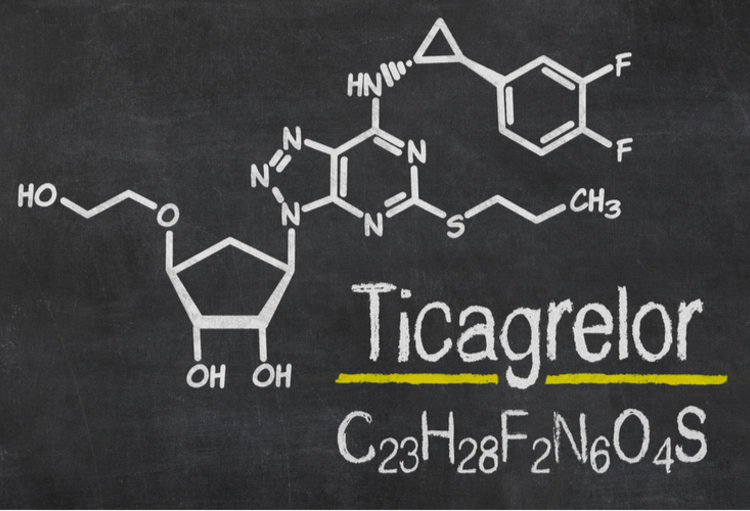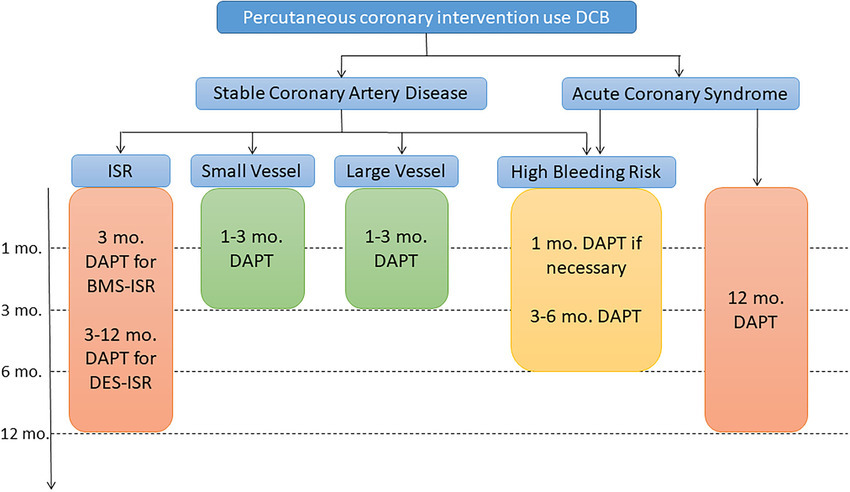×
Click on the picture here to access your article. Close the picture if you want to access the whole Topic
Angioplasty and Stent Placement for the Heart

www.hopkinsmedicine.org
July 20, 2022, 9:51 a.m.
Angioplasty is a procedure used to open blocked coronary arteries caused by coronary artery disease. It restores blood flow to the heart muscle without open-heart surgery. Angioplasty can be done in an emergency setting such as a heart attack. Or it can be done as elective surgery if your healthcare provider strongly suspects you have heart disease. Angioplasty is also called percutaneous coronary intervention (PCI).
Share on
